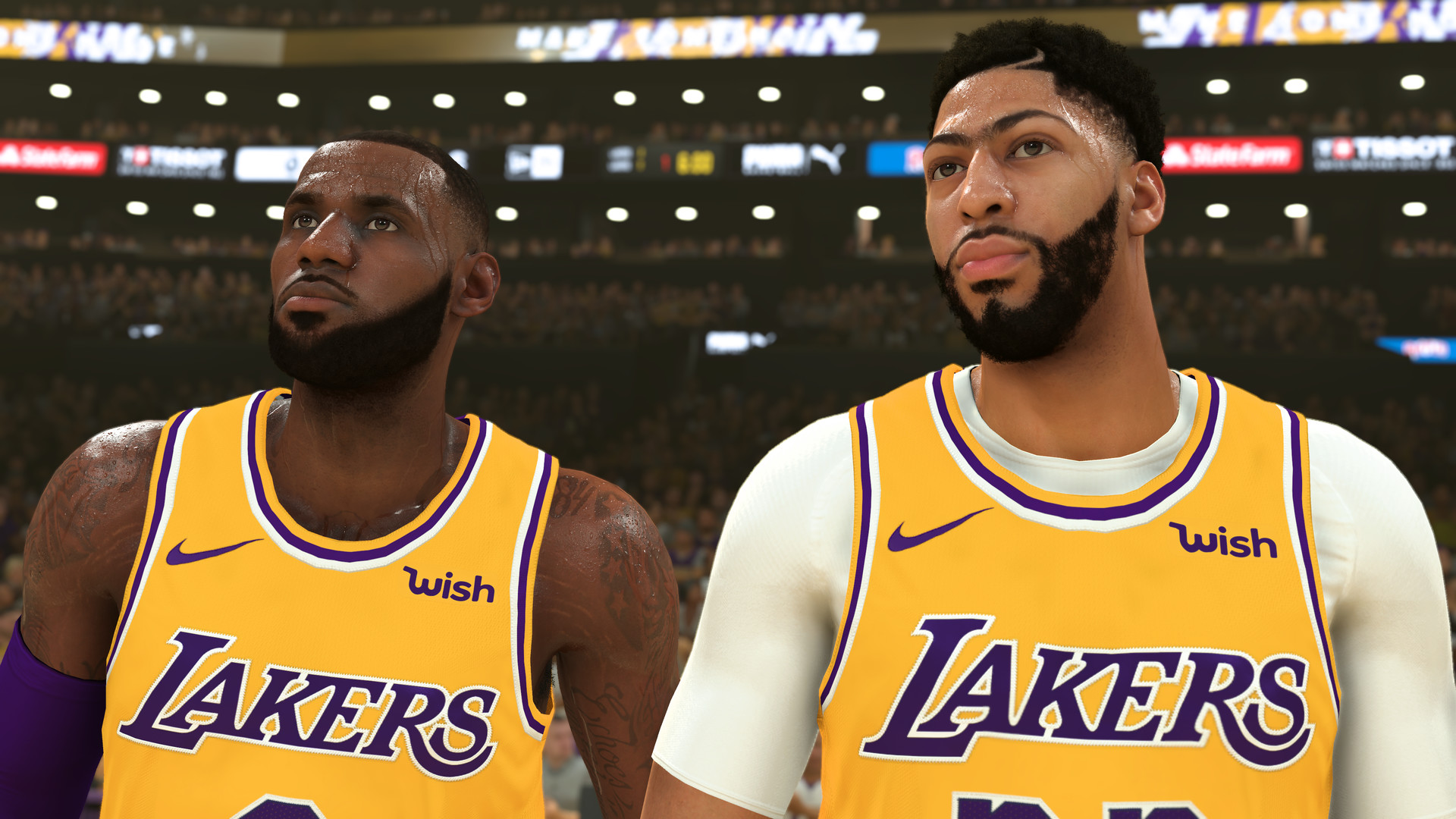What’s a sports game developer supposed to do when the sport they simulate stops making sense? This is the question facing 2K Sports after a bizarre offseason in the NBA left the league in chaos. But 2K has to put out their yearly product, and NBA 2K20 came out like clockwork, over a month before the start of the season and with a league it’s supposed to model that may unmodelable. Although when your goal is selling loot boxes, why bother?
Well, it is the only major basketball sim in town, so: What does NBA 2K20 predict for the future?

Unlock premium content and VIP community perks with GB M A X!
Join now to enjoy our free and premium membership perks.
![]()

![]()